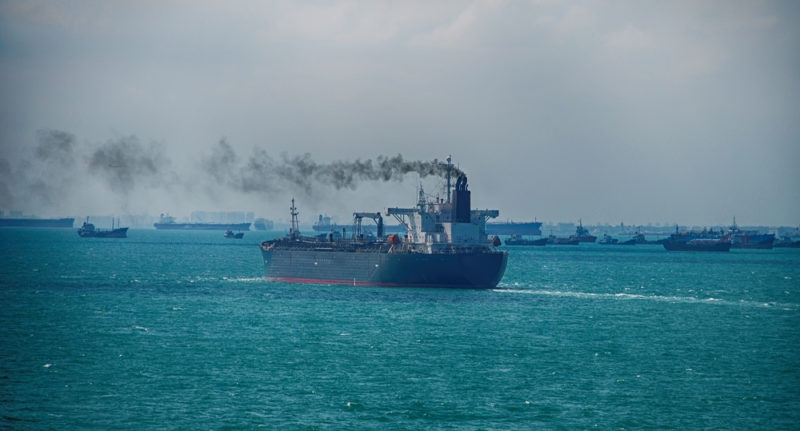News
Methods of Decarbonization – Counterproductive or Productive

International Maritime Organization (IMO) has been initiating strategies since 2018 to reduce Global Greenhouse Gas (GHG) emissions. With help of short term solutions like operational enhancements, shore power, and carbon pricing, it is easier and cheaper to implement but these schemes are not as effective in reducing emissions as longer term solutions such as alternative fuel and new ship design – both of which requires significant investment in research and development.
Ocean freight accounts for 2.4 percent Global GHG emissions. IMO's mission on emissions reduction, with respect to container shipping industry is to reduce emissions to at least 50 percent by 2050 when compared to 2008 levels. IMO must finalize short-term measures by 2023 and mid-term measures to achieve a carbon dioxide (CO2) emission decline of 40 percent by 2030.
For ocean shippers absorbed in their day-to-day logistics activities, 2050 probably seems like a long way off but these ambitious targets are already impacting the cost and functionality of global supply chain. Shippers can look at the IMO 2020 low-sulphur fuel mandate for an example of how even a relatively small measure can have a huge impact on total transport costs. The reduction of the maximum allowable sulphur content in marine bunker to 0.5 percent from 3.5 percent presently will cost the industry an additional $10 billion to $15 billion in annual fuel spend, according to various estimates, the majority of which will need to be borne by shippers. Carriers have one option if they aren’t able to recoup higher operating costs: Cutting Capacity.
According to a top notch executive of a leading global carrier,, the industry needs a standard way of ranking carriers by how aggressively they are reducing GHG emissions, rather than prioritizing lines by transit times, price, and customer service, as they do now.
Short Term Solutions
Enhancing Operational Efficiencies :- slowing vessel speeds (Slow Steaming*); increased use of just-in-time (JIT) shipping, vessel load and route optimization; and hull fouling management, for example — may be the only route to meeting mandated IMO decarbonisation targets.
*Slow-Steaming, reducing vessel speeds minimizes the amount of fuel burned in transit, thereby limiting GHG emissions on a per voyage basis upto 30 percent.
Industry experts also noted the potential for emissions gains from increased use of shore power, which allows vessels to plug into the local electrical grid while at port instead of running their auxiliary engines. Shore power can reduce dockside GHG emissions up to 98 percent, according to the US Environmental Protection Agency (EPA), but at-port operations account for just 2 percent of total shipping emissions.
‘Transitional’ measures
Market-based solutions, such as carbon pricing schemes, which essentially “put a price” on fossil fuel consumption, and alternative fuels such as biodiesel and LNG represent promising mid-term measures to supplement operational solutions for reducing GHG emissions from shipping, according to industry analysts.
Examples of carbon pricing schemes include climate levies and emissions trading systems. A climate levy directly sets a price on carbon by attributing a tax rate on GHG emissions, incentivizing vessel operators to spend the additional fees from the levy on switching to low-carbon engines and fuels.
A segment of industry experts pointed out: - that the success of such a measure is highly dependent on the rate of adoption, noting that currently, there are only voluntary initiatives in individual companies. Although an IMO-facilitated carbon levy is unlikely, a fuel standard or mandate to lower the carbon content of fuels — similar to the 2020 low-sulphur fuel rules — is possible in the next decade.
Taking the long view
All-electric, hybrid, and renewable energy-powered ship designs may be the key to achieving a carbon-neutral shipping sector in the long term, but implementation is unlikely in the short term due to the industry’s large global fleet of “legacy” vessels and insufficient technological bandwidth.
For longer distances, especially oversea[s] trades, battery technology is not mature enough, and this will be the case for many years ahead. However, hybrid applications in combination with a sulphur-free fuel such as LNG are a promising solution for ships on such trades.